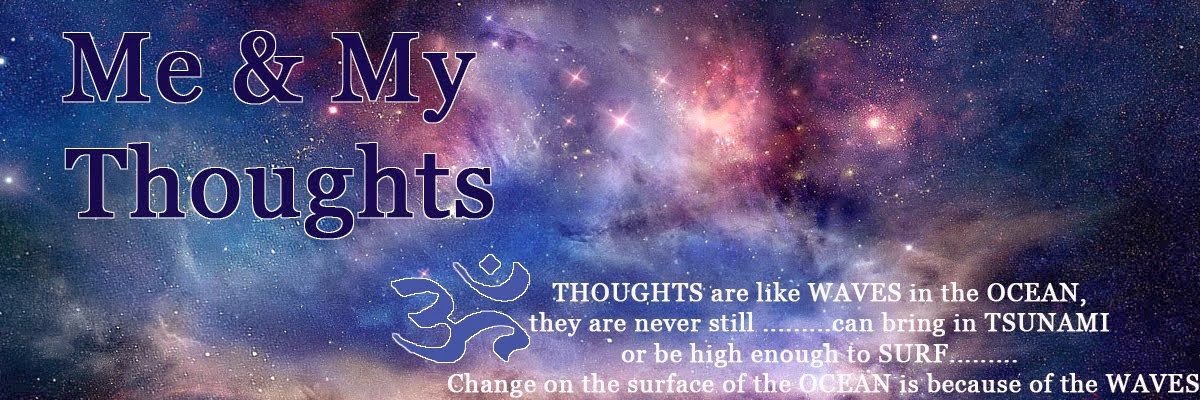In a remote forest under a Vata Vruksha (Banyan tree)
facing Dakshina (South) sat a young Adi Guru (Cosmic Teacher) surrounded by four
aged Shishyas (Disciples). Guru sported a Jnana Mudra where the tip of his index figure was
touching the base of the thumb and other three fingers were straight apart from
each other. The thumb represents the Absolute Consciousness and the forefinger the Individual Consciousness. The forefinger touching the base of
the thumb indicates surrender attitude of Jivatma. The three other
fingers represents Trigunas namely Satva, Rajas and Tamo. When the Jivatma transcend these three gunas
and surrender to Paramatma then Jnana unfolds, th is the philosophical
symbolism behind the gesture of Jnana mudra by the Guru. The Guru is Dakshina
Murthy and the four aged disciples are Sanaka, Sanatana, Sanandana and Sanat
kumara. Guru Dakshina Murthy has Apasmara, the dwarf who represents Ignorance and Epilepsy under his foot.
There was no teaching or preaching heard
aloud yet knowledge was transferred in silence. It is said that Mauna Vakyanam (Silent Sentences) were transmitted from the young Guru to the aged Shishyas. The Guru
and Shishyas were in sync with lessons while the words were superfluous.
How could the Shishyas get the knowledge
without Guru uttering a single word??? Is it possible???
Yes, This was the kind of educational practice my
country had long back. It was not like the education system we find in recent
times. Most of the knowledge that the student received was through contemplation. There are
two major parts in the accumulation of knowledge, Sravana (Listening) and
Manana (Contemplating). Earlier the students were Ekasantagrahi (one who can
grasp by listening once). So Sravana (Listening) was just 20% while the second
part Manana (Contemplating) was remaining 80%. Moreover the lessons at those times were in Sutras (Thread)
The knowledge obtained by Manana is what is called “Mauna Vakyanam” by the Guru.
The knowledge obtained by Manana is what is called “Mauna Vakyanam” by the Guru.
Bookish knowledge or knowledge that is forced upon will not help us to think analytically. Analytical knowledge alone
gives us the leverage to think out of the box. This analytical knowledge is
obtained by contemplating on the knowledge got by books or lecture, but the academic knowledge is got by mugging up that which is in the books. While the analytical knowledge stays till our last breath, the validity of academic knowledge is sufficient till one takes the examination to obtain grades and certificates.
When a guru or a teacher talks about
any subject it remains as a concept till the disciple or the student
contemplates and comprehends it, so that the reality of that is known to him.
These are the silent sentences which help him to get the knowledge first hand. It
is not only in the case of learning but in every aspect of life one need to
think and get the answers instead of borrowing them from others.
Suppose I am told about the route from Bangalore
to Mysore via, Ramanagaram, Channapattana, Maddur, Mandya, Srirangapattana. I will
know that it is not the only route but I can take the Kanakapura, Sathanuru, Malavalli
route too to reach Mysore, and that will be only if I travel. Guru is like a road map he can only guide but
to reach the destination involves my efforts.
Sri Krishna tells Arjuna to act as he
wish at the end of the Bhagvad-Gita sermon (Chapter 18, verse 63. He never
said “now I have told you everything come on draw out the sword and get going” Sri
Krishna throughout His sermon guided Arjuna and at the end He wanted Arjuna to
act as he wished. To wish Arjuna had to think.... this is the power of
contemplation.
There are more answers got in silence.


No comments:
Post a Comment